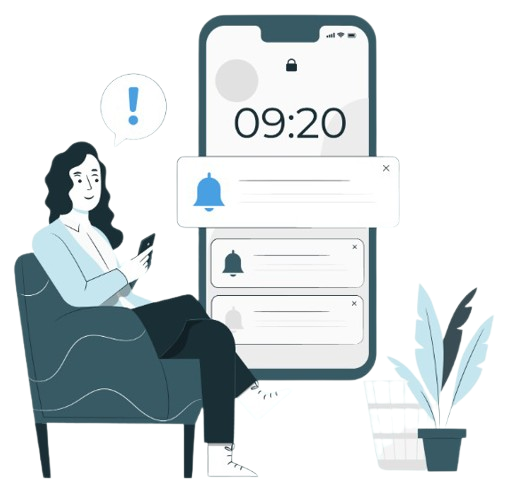Could Consolidating High-Interest Debt with a Mortgage Refinance Be Your Smartest Move?
What Is Consolidating High-Interest Debt with a Mortgage Refinance?
The Pros and Cons of Consolidating High-Interest Debt with a Mortgage Refinance
Deciding to refinance for debt consolidation is significant. While there are strong benefits, consider the risks as well.
The Upside: Why It Might Work
- Lower Interest Rates: The most significant advantage is the potential for a much lower interest rate. Mortgage rates are typically much lower than credit card or personal loan rates. By moving your debt under your mortgage, you could save thousands of dollars in interest over the life of the loan.
- Simplified Payments: Juggling multiple due dates can be a hassle. Consolidating your debt into one monthly payment simplifies your finances and can reduce the risk of missing a payment.
- Tax Benefits: Unlike consumer debt, the interest on a mortgage is often tax-deductible. While this is not guaranteed and you should consult a tax professional, it could provide an additional financial benefit.
- Increased Cash Flow: By lowering your overall monthly debt payments, you can free up cash that can be used for other financial goals, like building an emergency fund or investing.

The Downside: The Risks You Must Consider
- You’re Trading Unsecured for Secured Debt: High-interest debt like credit cards is typically unsecured, meaning it isn’t tied to an asset. When you consolidate this debt into your mortgage, it becomes secured by your home. This means if you fail to make your payments, you could risk losing your home.
- Resetting Your Mortgage Clock: If you’re a few years into a 30-year mortgage and you refinance into a new 30-year term, you’re extending the total repayment period. This could mean you pay more in interest over the long run, even with a lower rate. This is why it’s critical to understand the total cost of the loan.
- Closing Costs: Refinancing isn’t free. You’ll need to pay closing costs, which can include appraisal fees, origination fees, and title insurance. These costs can add up, so you need to make sure the savings from the refinance outweigh these initial expenses.
What Are the Key Factors in Determining Eligibility?
- Home Equity: Your home equity is the difference between what your home is worth and what you still owe on your mortgage. Lenders typically require you to have a significant amount of equity, often at least 20%, to be eligible for a cash-out refinance. To learn more about building your financial team, including appraisers, check out our post on Assembling Your Home-Buying Team: Know the Players.
- Credit Score: A strong credit score is crucial for securing the best interest rates. A higher score tells lenders you’re a responsible borrower and can lead to lower rates and better terms.
- Debt-to-Income (DTI) Ratio: This ratio measures how much of your monthly income goes toward debt payments. Lenders want to see a low DTI to ensure you can comfortably handle the new mortgage payment.

How to Get Started: Actionable Steps for Homeowners
- Assess Your Current Financial Situation: Gather all the details of your existing debts, including interest rates, balances, and monthly payments. This will help you see exactly how much you could potentially save.
- Calculate Your Home Equity: Find out the estimated value of your home through a market analysis. Once you have this number, subtract your current mortgage balance to see how much equity you have.
- Connect with a Lender: Consult with several lenders to compare interest rates and closing costs. Don’t just look at the rate; consider the total cost of the loan.
- Consider an Alternative Strategy: A second mortgage for debt consolidation might also be an option for you. A second mortgage, or home equity loan, allows you to borrow against your home’s equity without refinancing your entire first mortgage. This can be a good option if you have a low-rate first mortgage you don’t want to disturb.
Conclusion: Making an Informed Decision
You May Also Like:
- 78
 Since there are many reasons a homeowner may choose to refinance, we'll take a look at the four most common. 1. Mortgage Rates Drop: Typically, the most common reason that homeowners refinance their mortgage is to secure a lower interest rate. Interest rate and loan amount determines the total cost…
Since there are many reasons a homeowner may choose to refinance, we'll take a look at the four most common. 1. Mortgage Rates Drop: Typically, the most common reason that homeowners refinance their mortgage is to secure a lower interest rate. Interest rate and loan amount determines the total cost… - 70Shopping for the best Mortgage rate possible has always been the primary objective when borrowing a home loan. As well it should be! The challenge with this strategy is that there is much misleading information released on the subject by various media. Internet websites and email marketing, along with other…
- 68
 For homeowners interested in making some property improvements without tapping into their savings or investment accounts, the two main options are to either take out a Home Equity Line of Credit (HELOC), or do a cash-out refinance. What are the differences between the two? A home equity line of credit…
For homeowners interested in making some property improvements without tapping into their savings or investment accounts, the two main options are to either take out a Home Equity Line of Credit (HELOC), or do a cash-out refinance. What are the differences between the two? A home equity line of credit…





